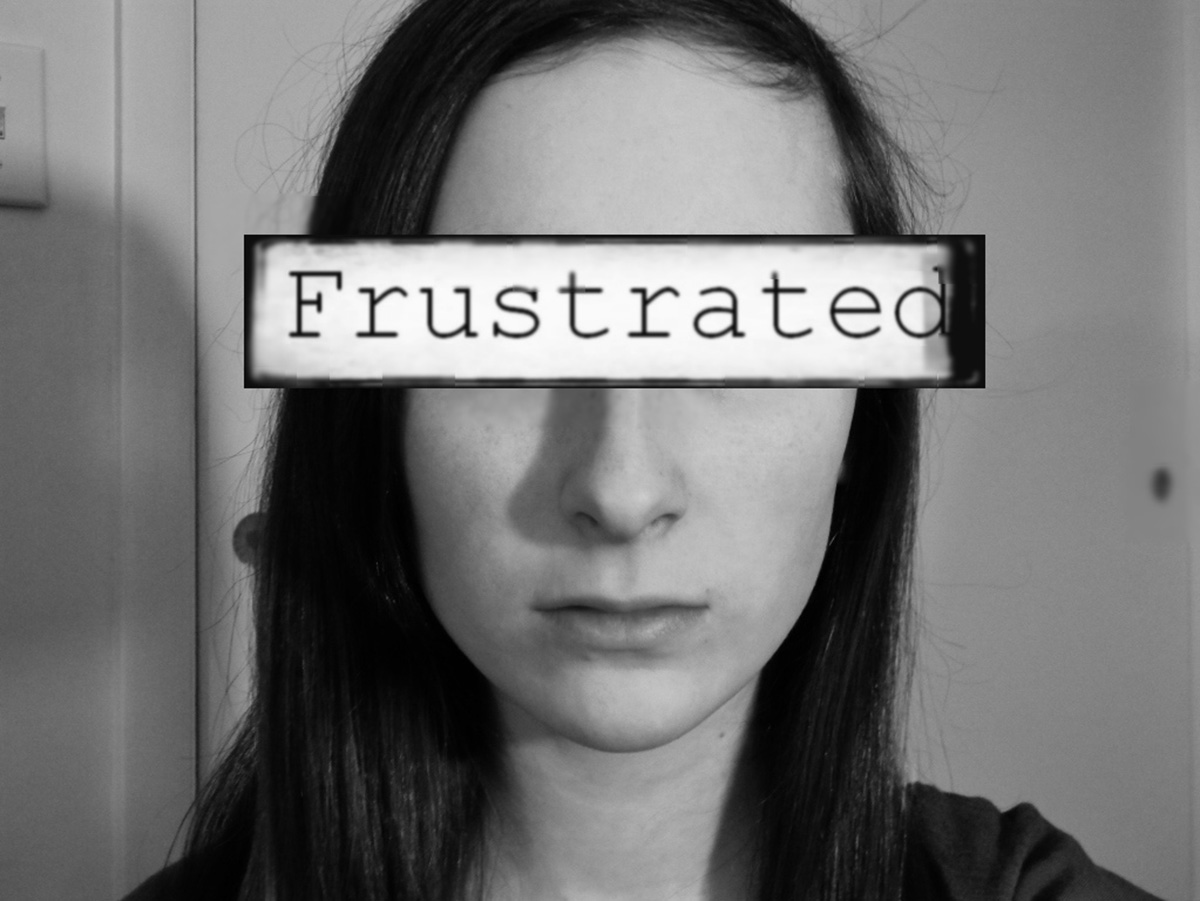Table of Contents
Major Depression
Major Depression is found in 6.7% of the American population. It causes severe symptoms that disrupt an individual's ability to eat, sleep or work. The depressed individual can no longer derive pleasure from life, even from the activities that previously brought them joy.
Depression is treated with antidepressants and therapy. Most commonly, the newest antidepressants (selective serotonin reuptake inhibitors, or SSRIs) are used; for example Fluxetine (Prozac); sertraline (Zoloft), paroxetine (Paxil) and citalopram (Celexa). CBT is often used alongside and is particularly effective, helping reframe negative thoughts and allowing the opportunity to interpret interactions in a more adaptive way.
Post Traumatic Stress Disorder
Post Traumatic Stress Disorder (PTSD) can develop after exposure to a frightening incident or the threat of physical harm (such as abuse, rape, a near-death experience, or military combat). People with PTSD have persistent thoughts that seem very real, frequently reliving their experiences as if they are occurring again. They may also feel numb or be easily-frightened. 3.5% of the population has PTSD.

PTSD responds very well to treatment. A course of SSRIs (such as sertraline, otherwise known as Zoloft) may be helpful in the short-term. In the long-term, psychotherapy is used. Several treatments have proved helpful for PTSD: Cognitive Behavioural Therapy, Cognitive Processing Therapy (a specialist therapy used to explore trauma), and prolonged exposure therapy (which engages with the trauma, confronting the source of fear in a safe, therapeutic environment).
Bipolar Disorder
Formerly called "manic-depressive disorder", Bipolar Disorder is experienced by 2.6% of the population. Bipolar Disorder is a mood disorder where there are unusual changes in mood, energy levels and the ability the do tasks. People with Bipolar Disorder have swings of mania (where they may feel either elated or irritable, be full of new projects and talking a mile a minute) and depression (where they feel sad and hopeless and lose interest in life).
There is no cure for Bipolar Disorder. Treatment of Bipolar Disorder requires medication. Treatment usually includes a carefully-planned blend of medication and therapy. Depending on your symptoms, you may be prescribed mood stabilisers (this may be Lithium or an anticonvulsant), atypical anti-psychotics, or antidepressants.
Several therapies are used in Bipolar Disorder. This may be CBT, family therapy, social therapy (which aims to improve your relationships with others and help you manage your life), and psychoeducation (which aims to help you recognise the disorder, so you can be prepared for your symptoms).
READ 3 Healthy Habits for People with Bipolar Disorder
Schizophrenia
Schizophrenia is found in 1.1% of the population. It may feature positive symptoms (symptoms found in people with schizophrenia but not the general population, such as hallucinations or delusions), or negative symptoms (a lack of features found in the general population, such as drive or the desire to form social relationships).
Schizophrenia must be treated with education. Anti-psychotics such as chlorpromazine and haloperidol are frequently used. You must never stop taking medication without speaking to a doctor, even if you feel well again. You may relapse without medication.
Therapy may be used alongside medication, once the patient is stabilised. This will frequently include: psychosocial treatment (learning to communicate with other and take care of themselves), illness management strategies (learning about the illness and how to cope), rehabilitation (vocational training, family education (to help the family cope with their relative's condition), CBT, and self-help groups.
The above seven conditions can all be treated, if not cured. It's just a matter of going to your local doctor and asking for the help you need.
And that can be the hardest thing to do.
- http://www.anad.org/get-information/about-eating-disorders/eating-disorders-statistics https://www.nationaleatingdisorders.org/mortality-and-eating-disorders http://www.nimh.nih.gov/health/statistics/prevalence/any-mental-illness-ami-among-us-adults.shtml http://www.nimh.nih.gov/health/statistics/prevalence/any-anxiety-disorder-among-adults.shtml http://www.nimh.nih.gov/health/statistics/prevalence/bipolar-disorder-among-adults.shtml http://www.nimh.nih.gov/health/statistics/prevalence/generalized-anxiety-disorder-among-adults.shtml http://www.nimh.nih.gov/health/statistics/prevalence/major-depression-among-adults.shtml http://www.nimh.nih.gov/health/statistics/prevalence/panic-disorder-among-adults.shtml http://www.nimh.nih.gov/health/statistics/prevalence/post-traumatic-stress-disorder-among-adults.shtml http://www.nimh.nih.gov/health/statistics/prevalence/schizophrenia.shtml http://www.nimh.nih.gov/health/statistics/prevalence/social-phobia-among-adults.shtml http://www.nimh.nih.gov/health/statistics/prevalence/specific-phobia-among-adults.shtml http://www.nimh.nih.gov/health/topics/anxiety-disorders/index.shtml http://www.nimh.nih.gov/health/topics/bipolar-disorder/index.shtml http://www.nimh.nih.gov/health/topics/depression/index.shtml http://www.nimh.nih.gov/health/topics/schizophrenia/index.shtml https://www.nlm.nih.gov/medlineplus/magazine/issues/spring07/articles/spring07pg14-17.html
- Photo courtesy of practicalcures: www.flickr.com/photos/practicalcures/23362564976/
- Photo courtesy of Martinak15: www.flickr.com/photos/martinaphotography/6912731931/
- Photo courtesy of Martinak15: www.flickr.com/photos/martinaphotography/6912731931/


Your thoughts on this